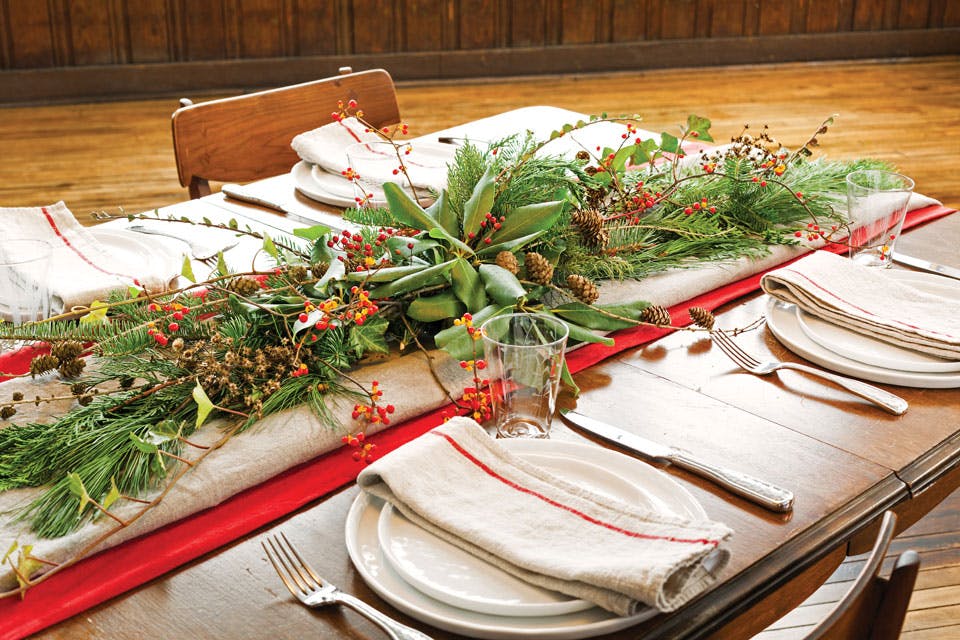Home + Garden
How To: Make a Foraged Table Garland
From do-it-yourself, natural table decorations to preparing a pantry, Kelli Hanley Potts encourages a thoughtful approach to the home.
Related Articles

6 Holiday Performances to Catch Across Ohio This December
From timeless ballets and classic comedies to a cappella concerts, stages across Ohio are lighting up with festive performances that bring music and magic to the season. READ MORE >>

Take a Holiday Ride Through History at Spiegel Grove
Horse-drawn sleigh and trolley rides return to the wooded estate of President Rutherford B. Hayes the week after Christmas. READ MORE >>

Ohio Couple Appears on Hallmark Channel’s ‘Baked with Love: Holiday’
Ben Bruening and Gabrielle Payne from Hudson share heirloom recipes, festive treats and the chaos of filming, all while welcoming their first child. READ MORE >>



